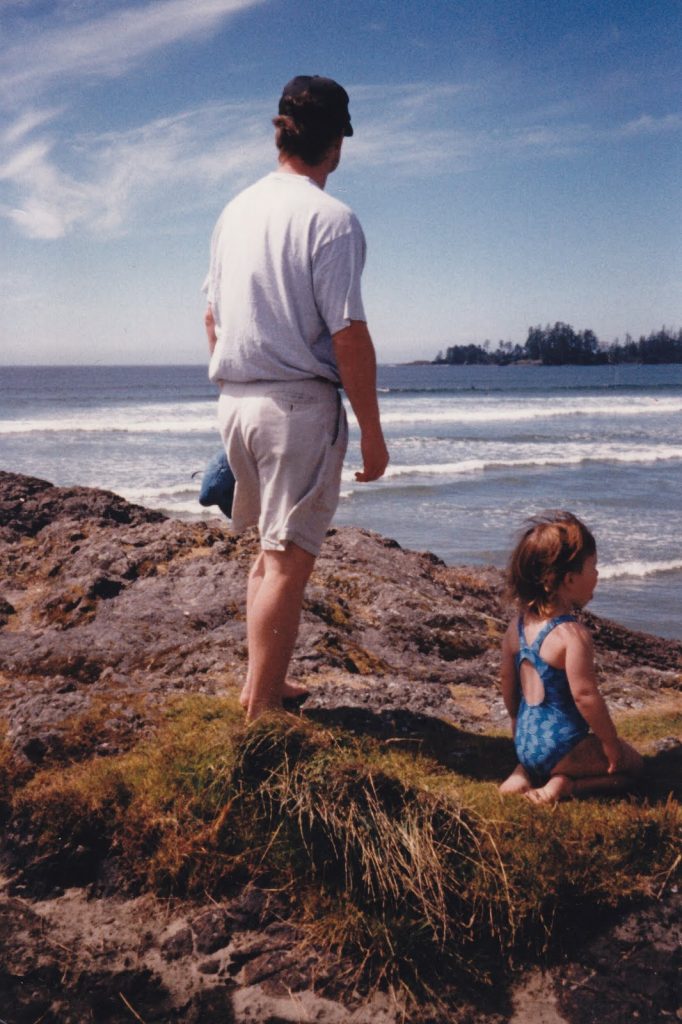
From the Trans Mountain Pipeline court decision referencing them to the grieving mother that drew attention to our connection with them and their endangered status, the Southern Resident Killer Whales (SRKW) have received a huge amount of attention this past year.
Much of my childhood was spent obsessing over these incredible beings and this year has lead me to a deep concern and curiosity around what is being done to ensure their longevity. This care has resulted in the following post: a brief investigation into recent actions by the Canadian government to help the SRKW.
The current situation
Resident Killer Whales are piscivorous, yet are considered the same species as carnivorous transient and offshore populations. However, SRKW are culturally and genetically distinct, and don’t interbreed even with the nearby Northern resident population [1].
SRKW have been considered endangered in Canada since 2001, and have had endangered status on the Species at Risk Act (SARA) since 2003 [2]. The SRKW are considered endangered mainly because their population is declining, food source is limited, and environment is impacted by noise and other pollutants [2]. This is especially concerning in the face of current debates over increased tanker traffic and ongoing fishing and aquaculture pressures in their habitat.

Recent actions

A number of recent actions for the SRKW have been taken by the Canadian government.
In December 2018, the federal government announced a new area of critical habitat off the Vancouver Island coast [3]. This area was legally created by a Critical Habitat Order and under SARA, should prevent any activities that would destroy this habitat — including noise pollution, fishing of key SRKW prey (such as Chinook salmon), and chemical pollution [4].
Additionally, within the past year, allowable catches of Chinook were reduced and new rules and guidelines were put into place for ship traffic [5].
Further considerations
I hope that these actions will conserve the foods and homes of the SRKW, and will benefit the entirety of the ecological communities they are a part of. However, I am concerned that these actions are not clear in their implementation, such as what is allowed in these critical habitats — will this entirely stop fishing in the area or increases in shipping? These initiatives are just the start of addressing the health of SRKW and their ecosystems. I hope these actions lead to more actions including: the government considering the endangered status of many Chinook populations and acting to conserve these fish; ensuring that farmed salmon is healthy for the oceans; and limiting tanker and shipping traffic through the SRKW habitat.

Tale’s end?
Besides their intrinsic value, the SRKW are important culturally, economically, ecologically — and their conservation is significant on many levels [6]. With a new calf, more funds invested in their survival, and high public engagement, I am hopefully that these whales will make a comeback.
This post just a drop in the ocean of stories about the living, vibrant, beautiful SRKW — stories that I hope will continue for many years to come.
Works Cited
[1] “Recovery Strategy for the Northern and Southern Resident Killer Whales (Orcinus orca) in Canada.” Species at Risk Public Registry, 2018, https://www.sararegistry.gc.ca/document/doc1341a/p1_e.cfm#fig1. Accessed 10 Feb. 2019.
[2] “Species Profile: Killer Whale Northeast Pacific southern resident population.” Government of Canada, 2011, https://wildlife-species.canada.ca/species-risk-registry/species/speciesDetails_e.cfm?sid=699. Accessed 10 Feb. 2019.
[3] Fisheries and Oceans (DFO) Canada. “Government of Canada protects two new areas off British Columbia’s coast for Resident Killer Whales.” Cision Canada, 19 Dec. 2018, https://www.newswire.ca/news-releases/government-of-canada-protects-two-new-areas-off-british-columbias-coast-for-resident-killer-whales-703145861.html. Accessed 10 Feb. 2019.
[4] “Questions and answers: Critical habitat for Northern and Southern Resident Killer Whales in Canada.” Fisheries and Oceans Canada, 2018, http://www.pac.dfo-mpo.gc.ca/consultation/sara-lep/killerwhales-epaulards/faq-eng.html. Accessed 10 Feb. 2019.
[5] “Protecting Southern Resident Killer Whales.” Fisheries and Oceans Canada, 2018, http://dfo-mpo.gc.ca/campaign-campagne/protectingwhales-protegerbaleines/srkw-eng.html. Accessed 10 Feb. 2019.
[6] “Southern Resident Killer Whales.” United States Environmental Protection Agency, 2017, https://www.epa.gov/salish-sea/southern-resident-killer-whales. Accessed 10 Feb. 2019.
Images (listed in order of appearance)
Darlene. Family image: looking out to sea. n.d., personal collection.
“The coast of British Columbia and northwest Washington State showing the general ranges of northern and southern resident killer whales.” Species at Risk Public Registry, 2018, https://www.sararegistry.gc.ca/document/doc1341a/p1_e.cfm#fig1. Accessed 10 Feb. 2019.
CNW Group/Fisheries and Oceans (DFO) Canada. “Map showing the Pacific Canadian coast depicting the existing and new critical habitat areas to protect Northern and Southern Resident Killer Whales.” Cision Canada, 2018, https://www.newswire.ca/news-releases/government-of-canada-protects-two-new-areas-off-british-columbias-coast-for-resident-killer-whales-703145861.html. Accessed 10 Feb. 2019.
Kaylie. Orca Whales. 2004, personal collection.
